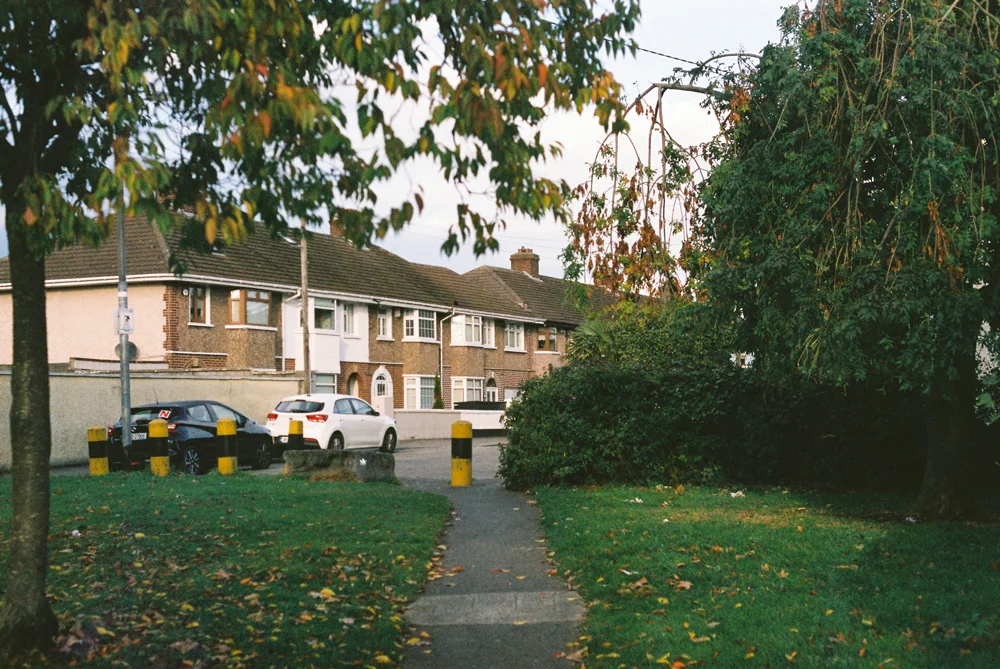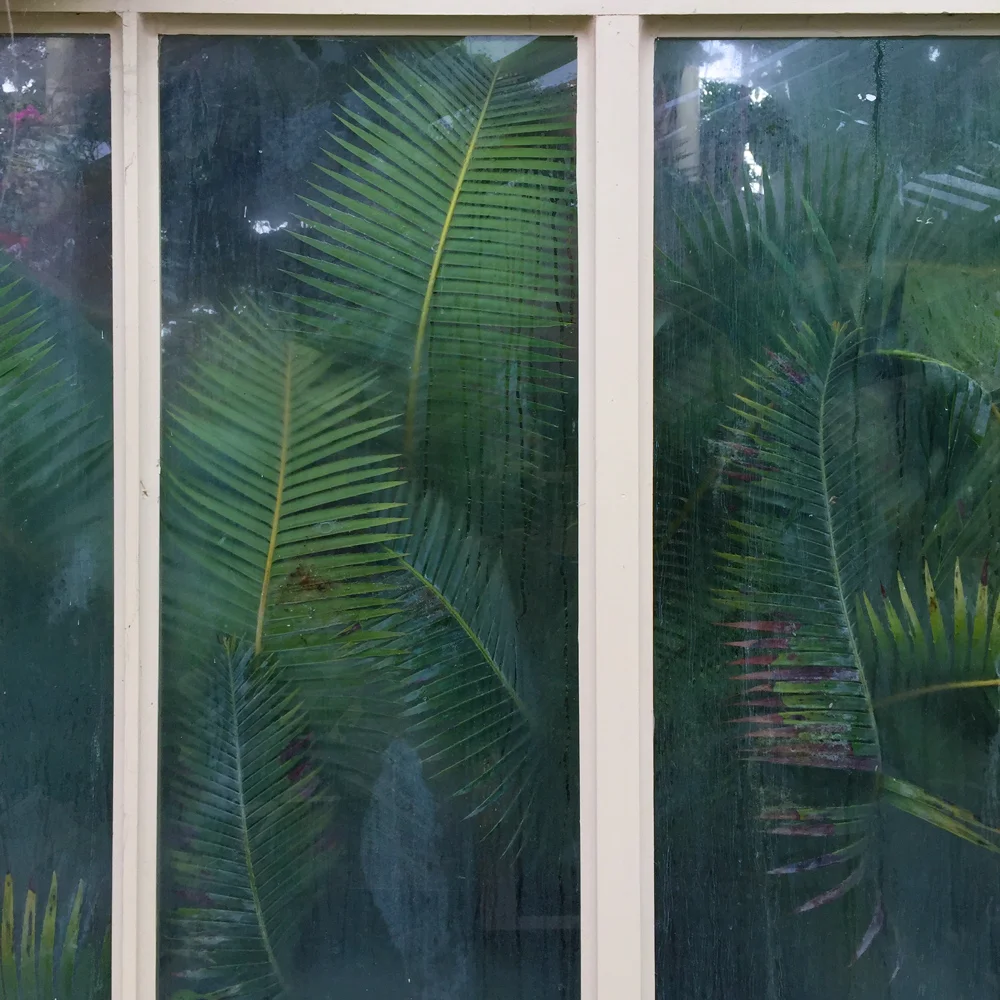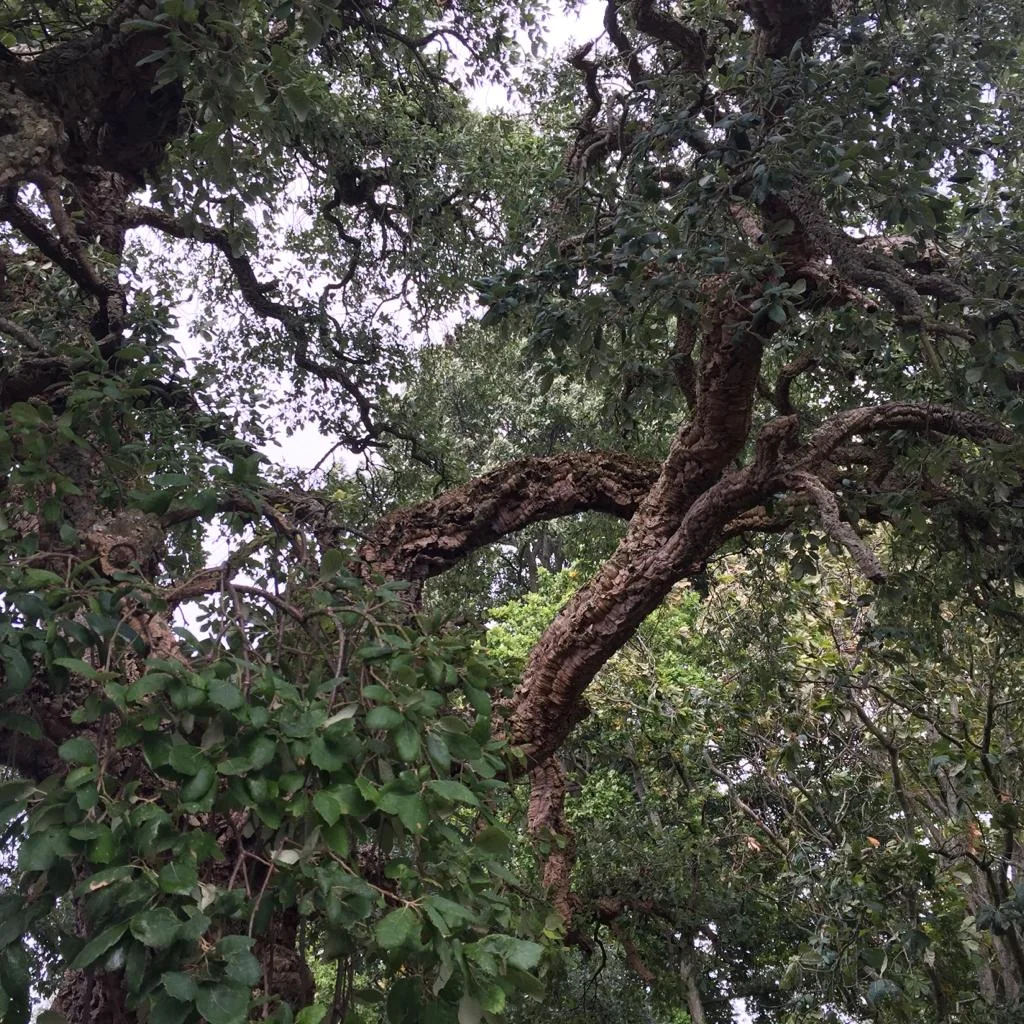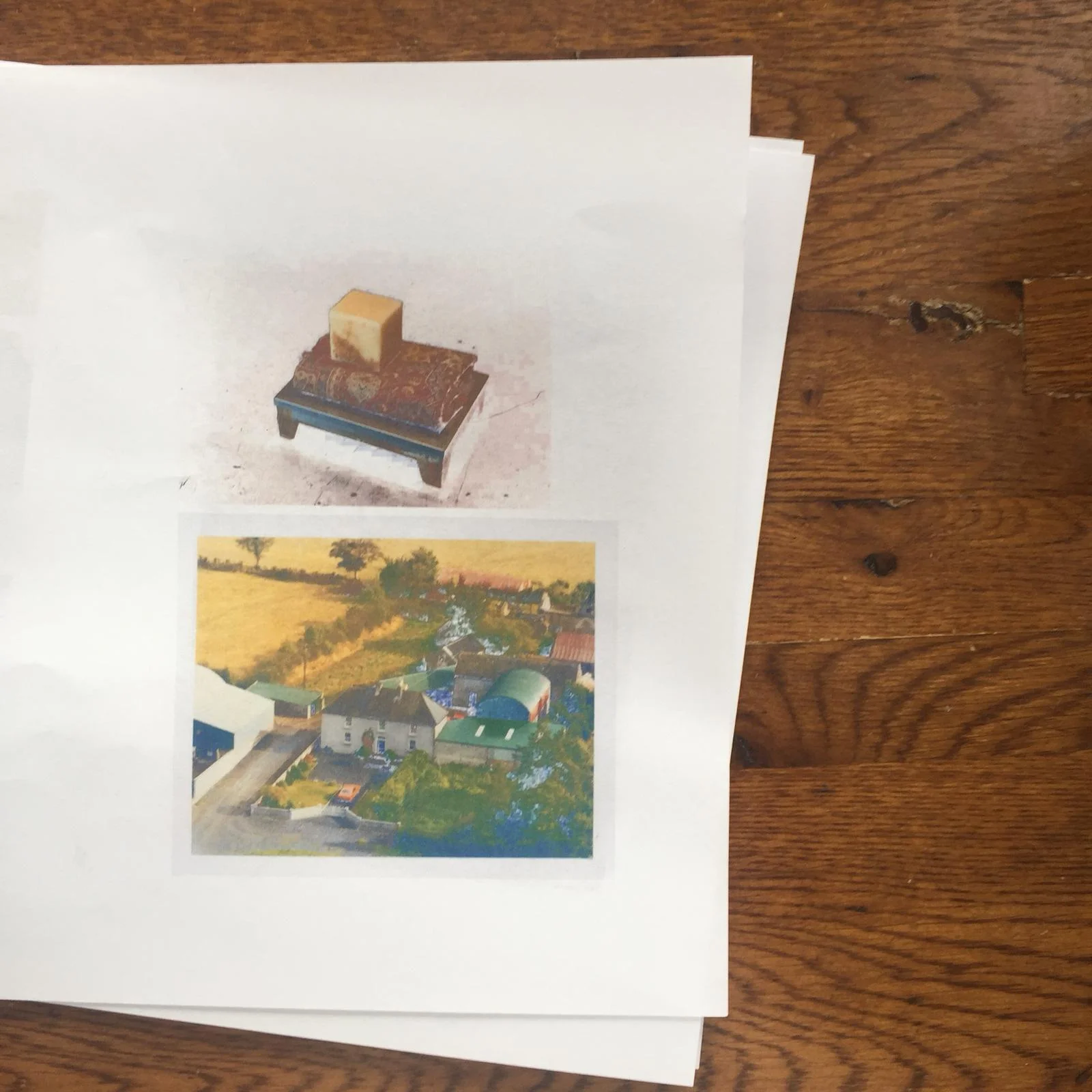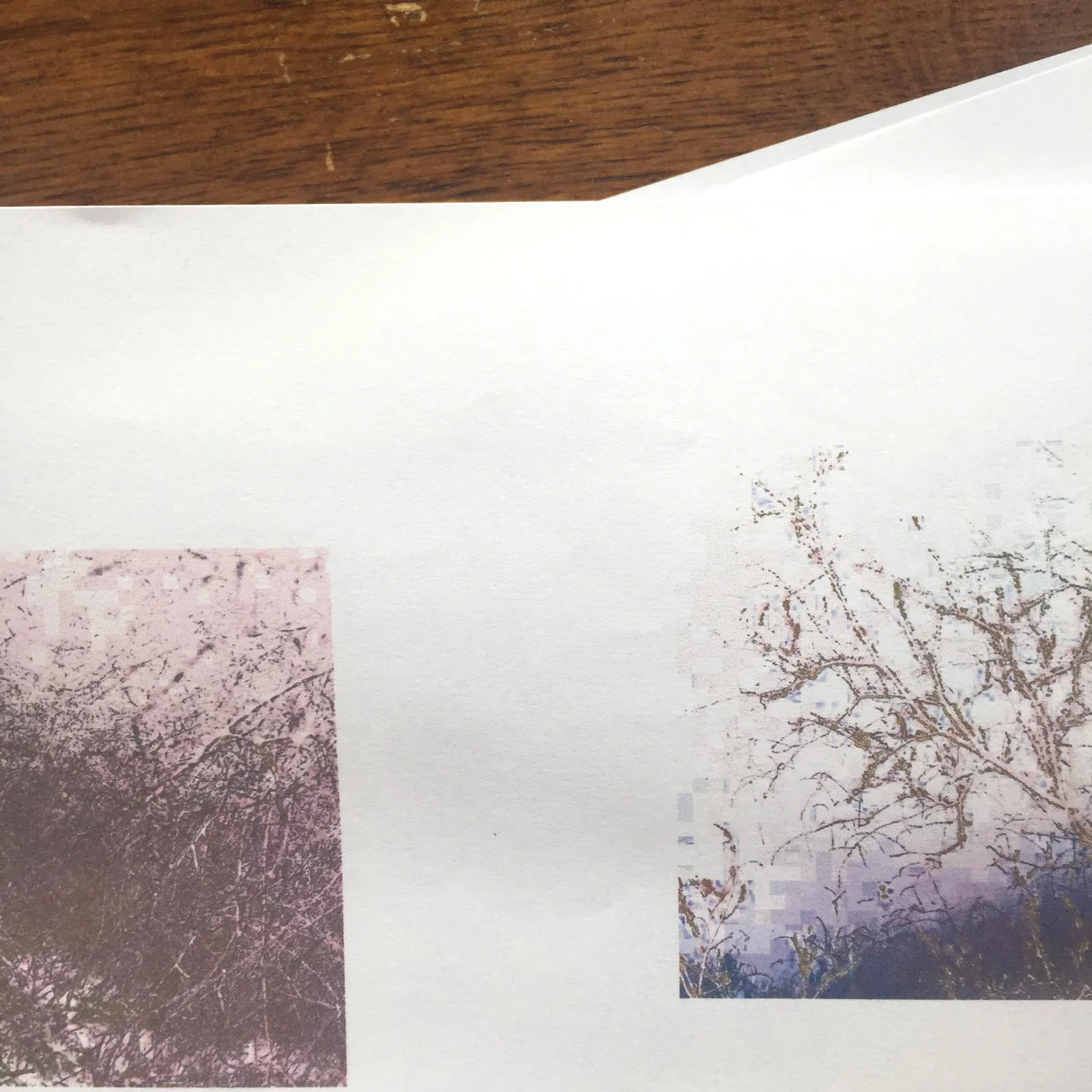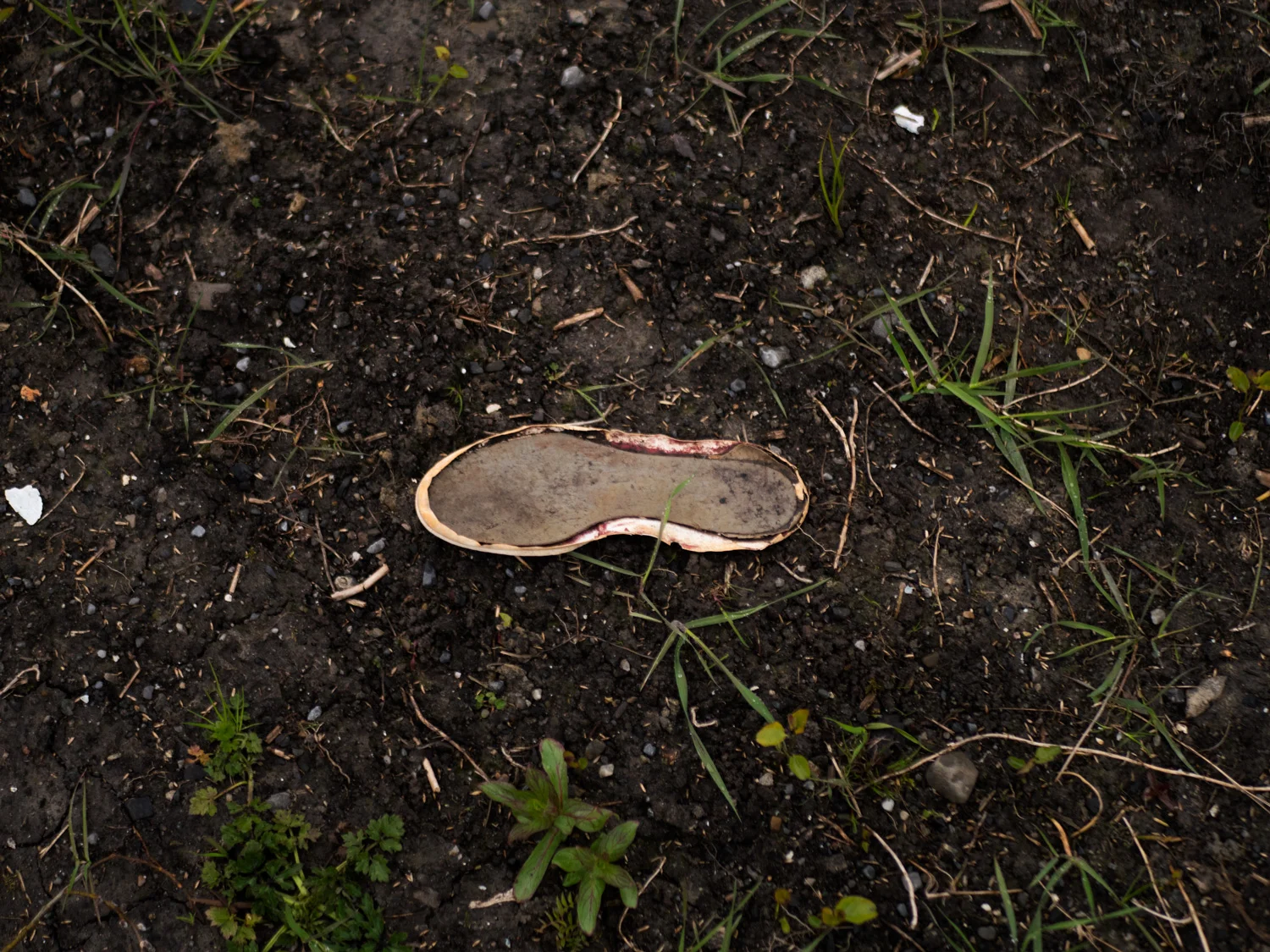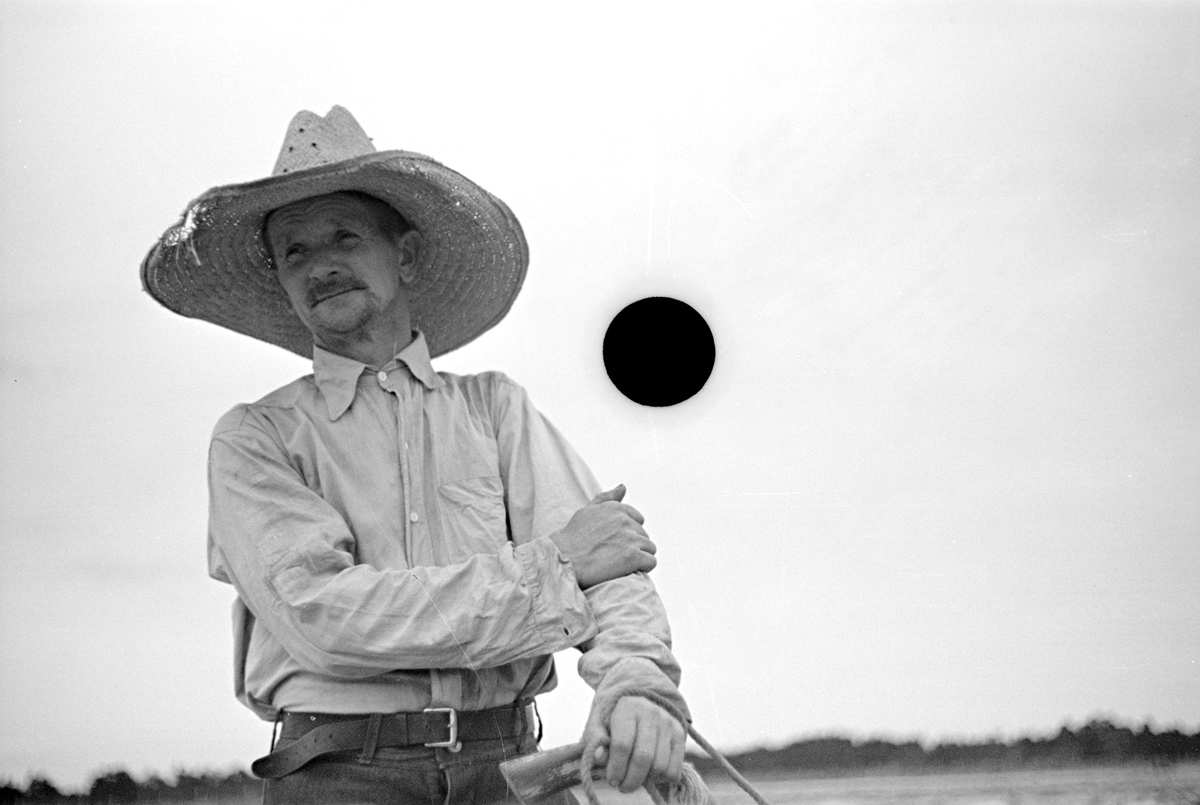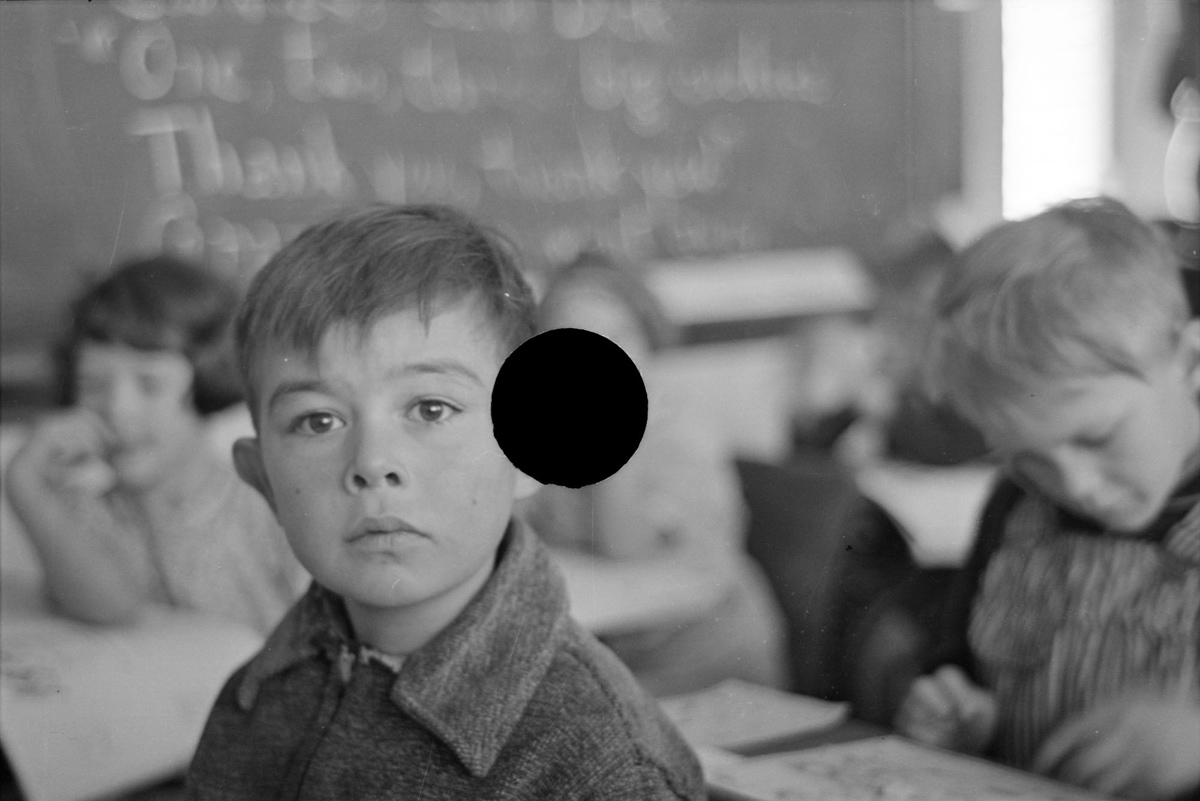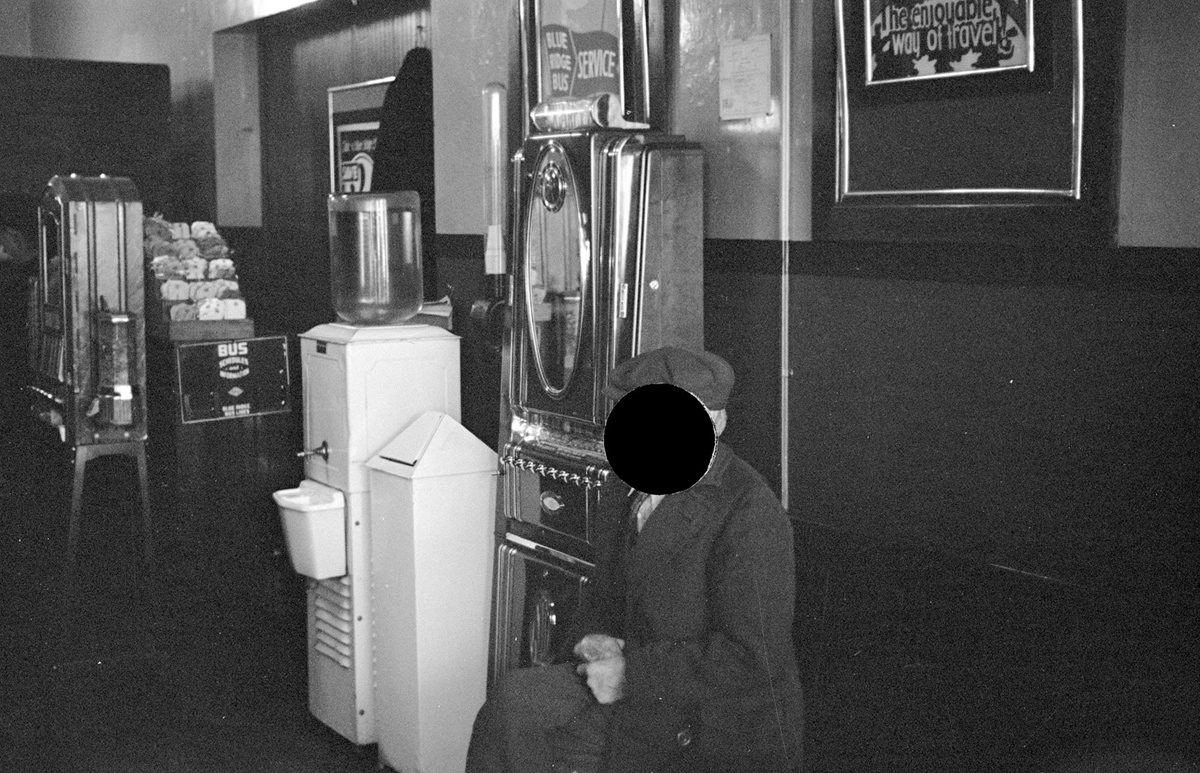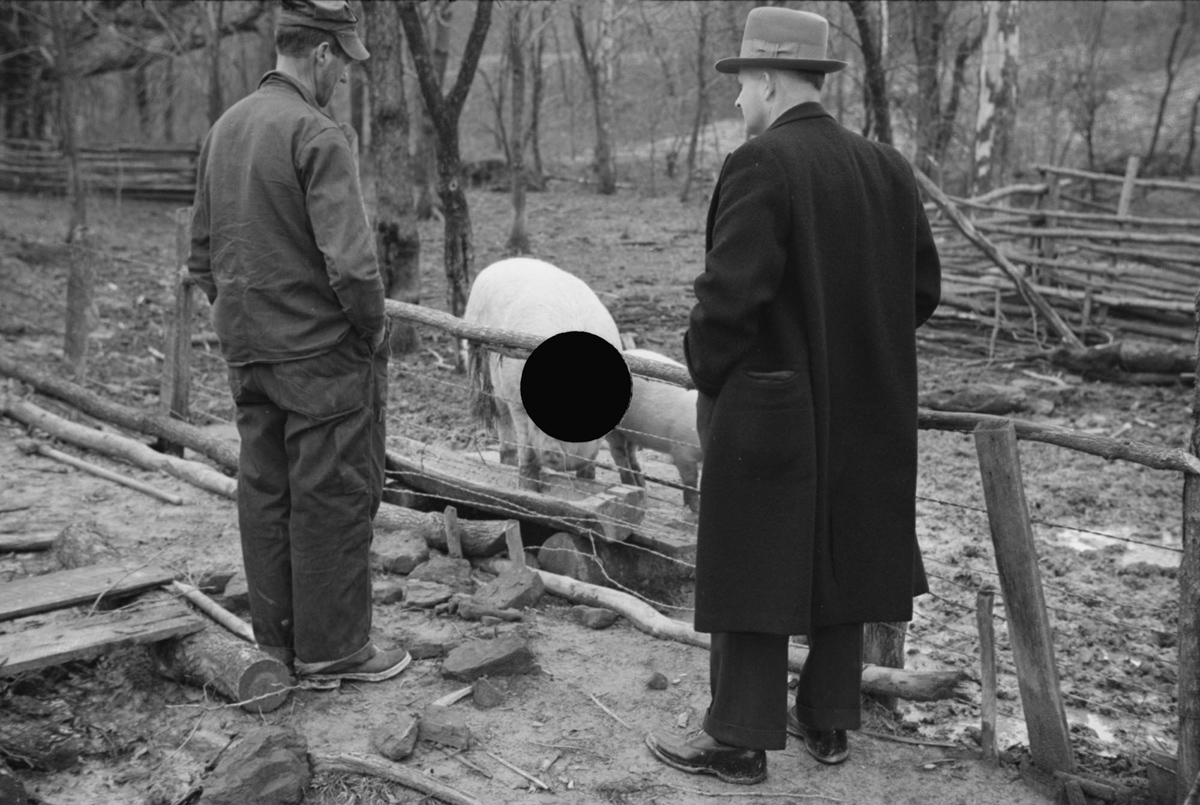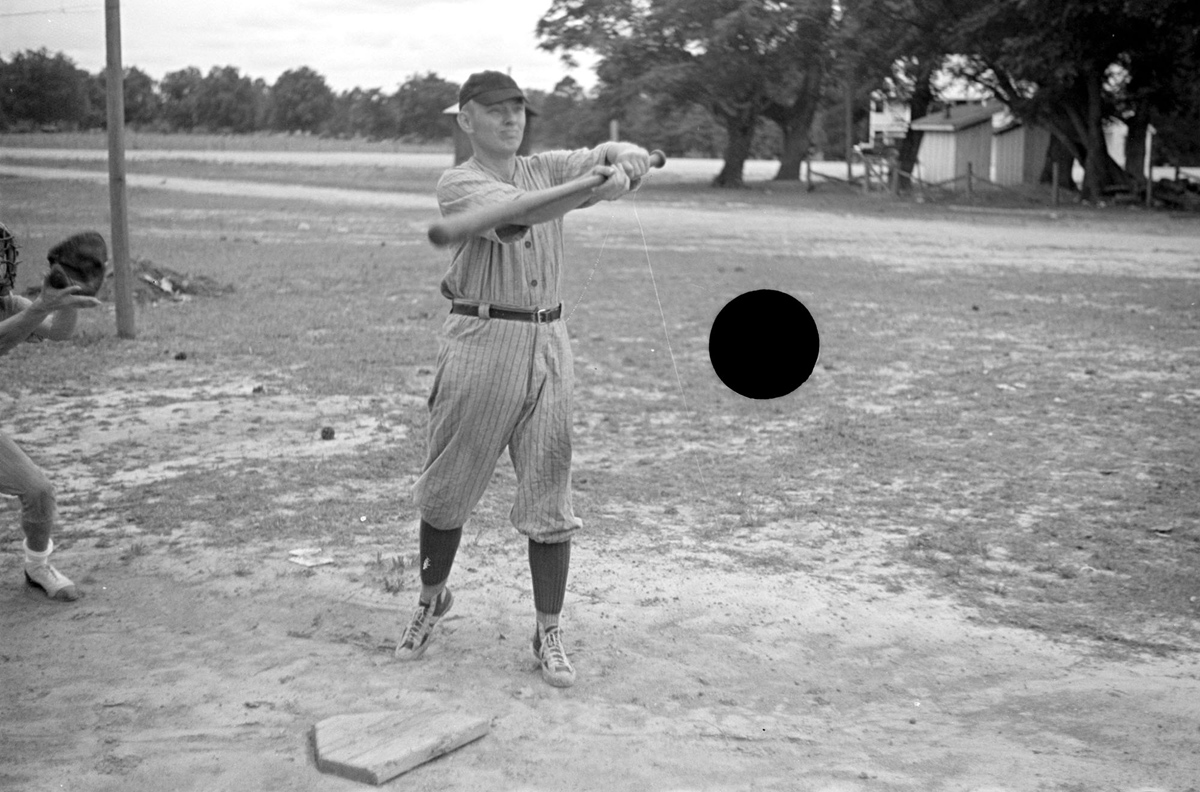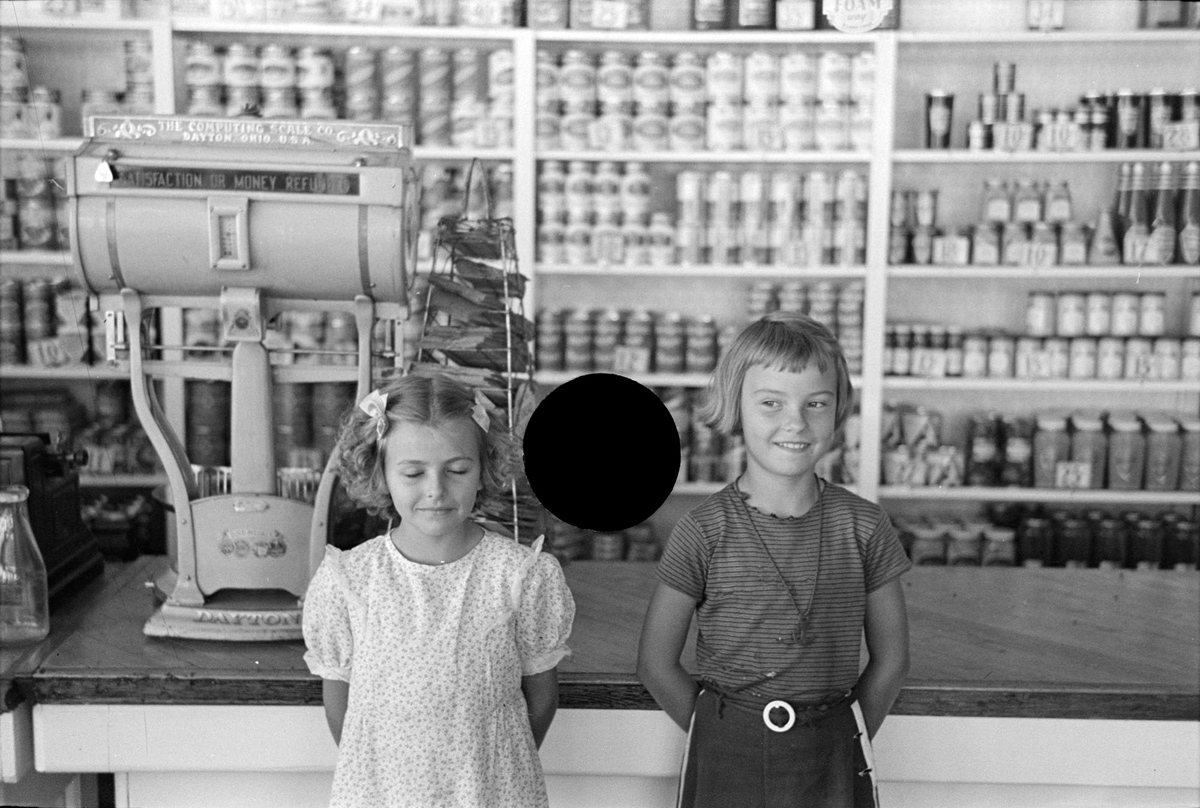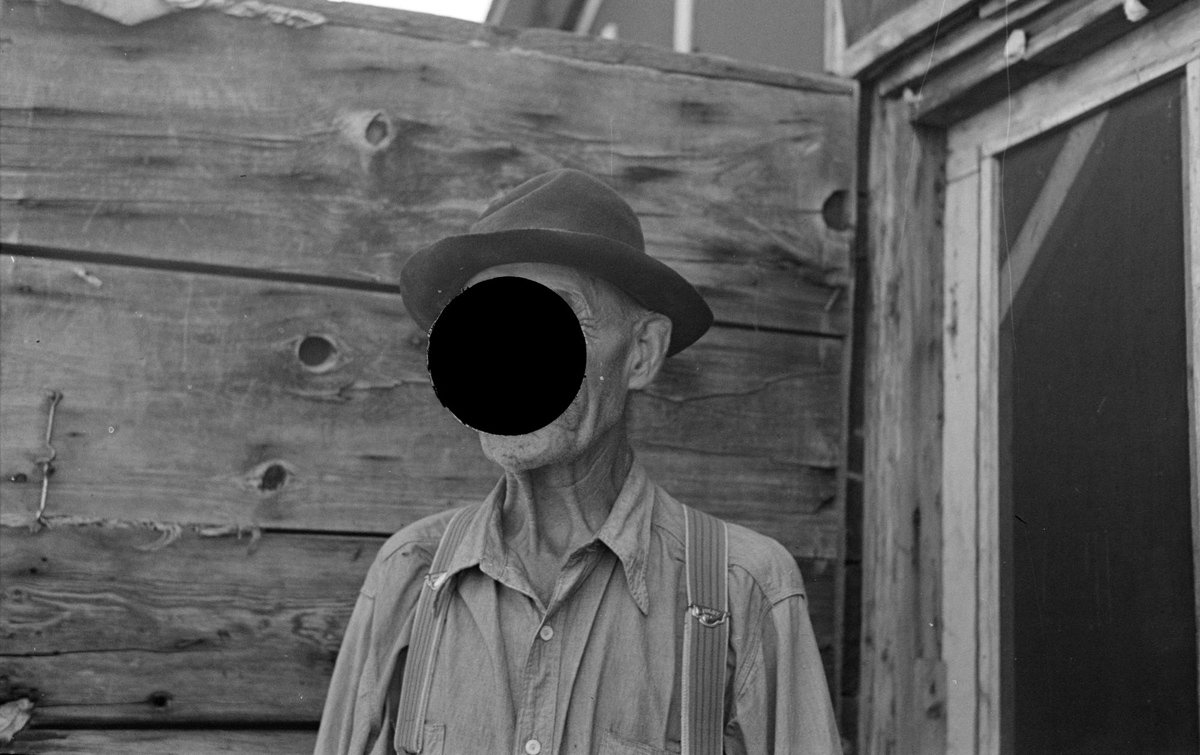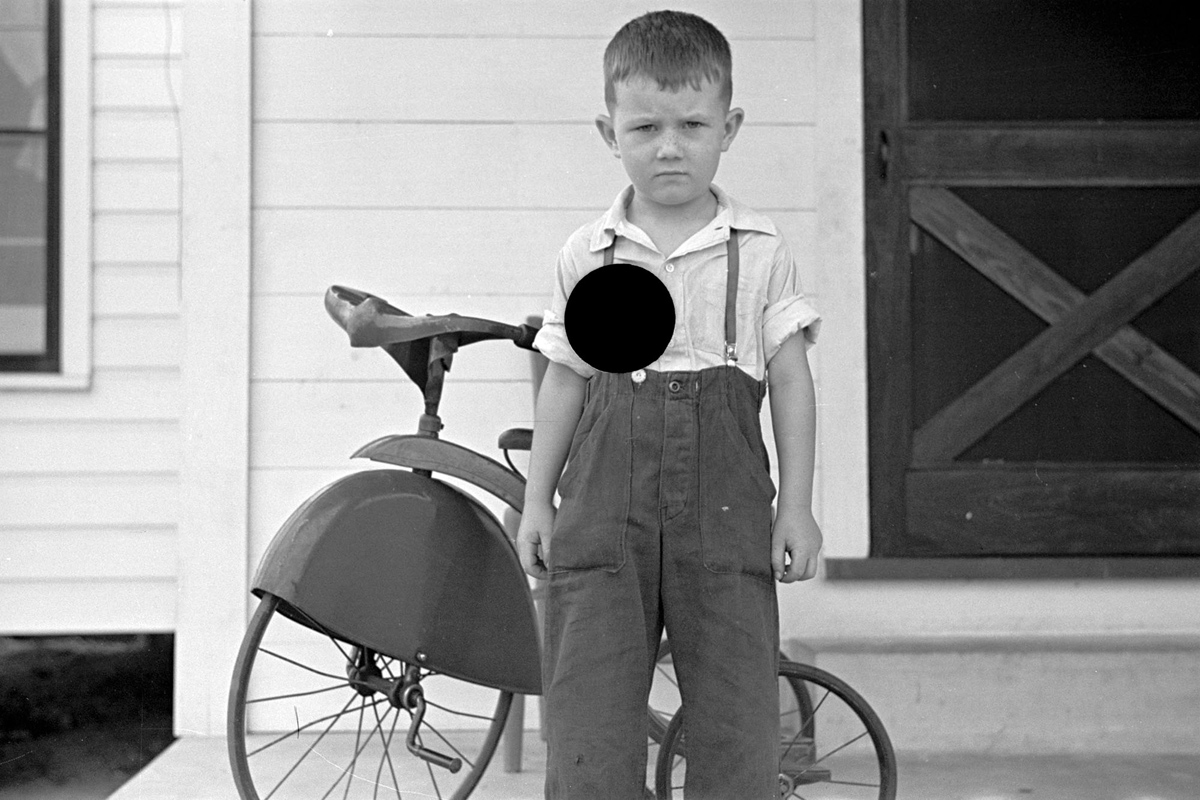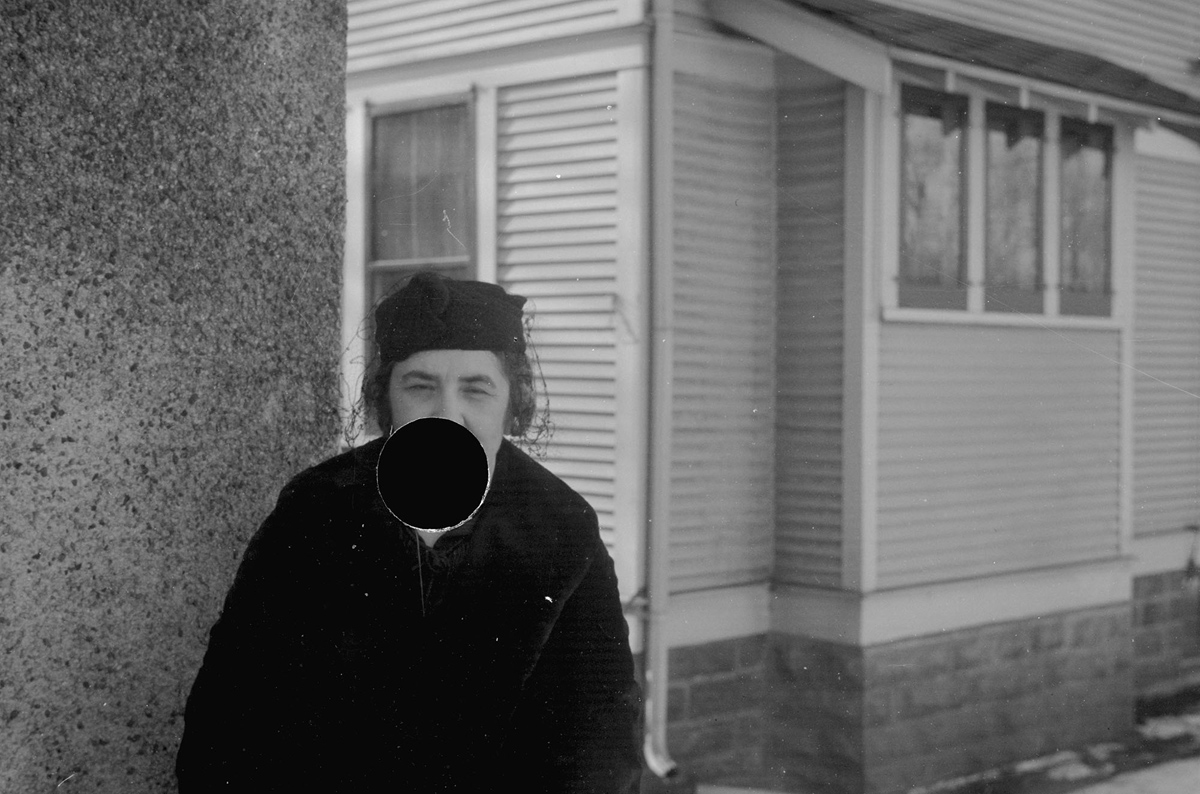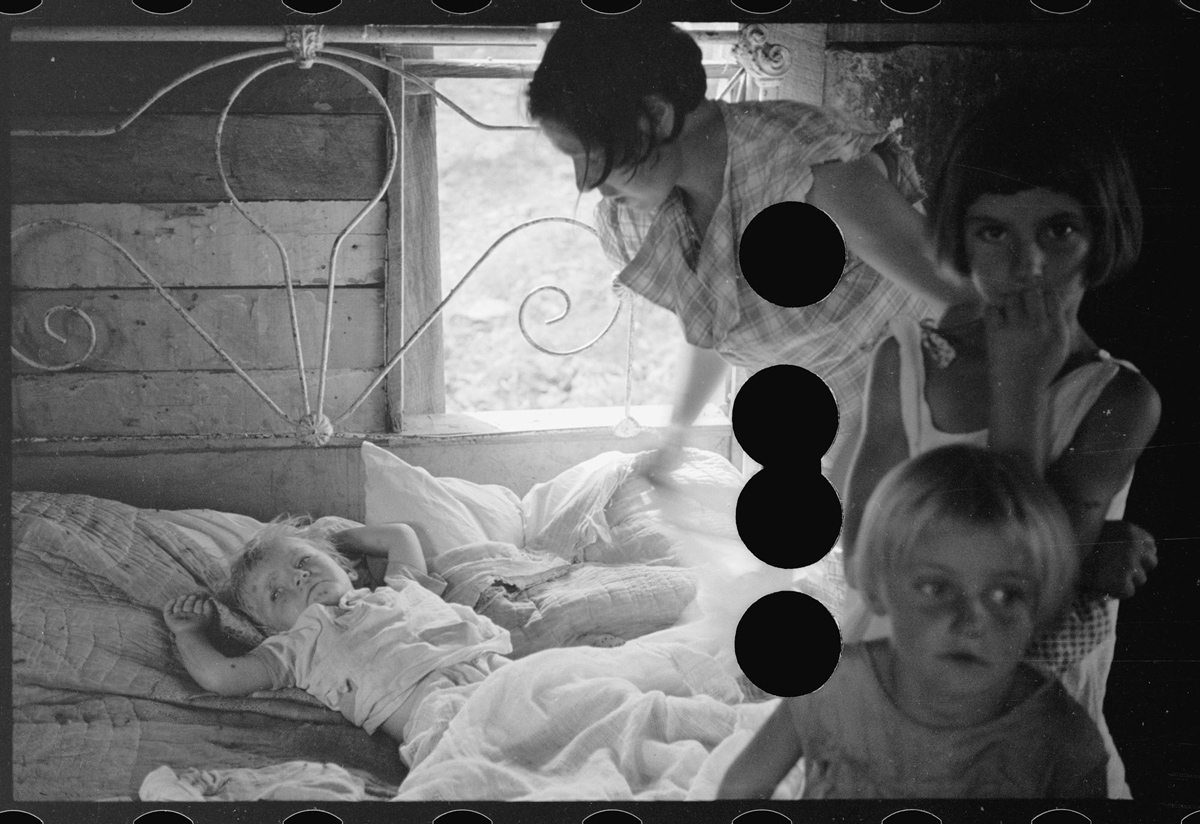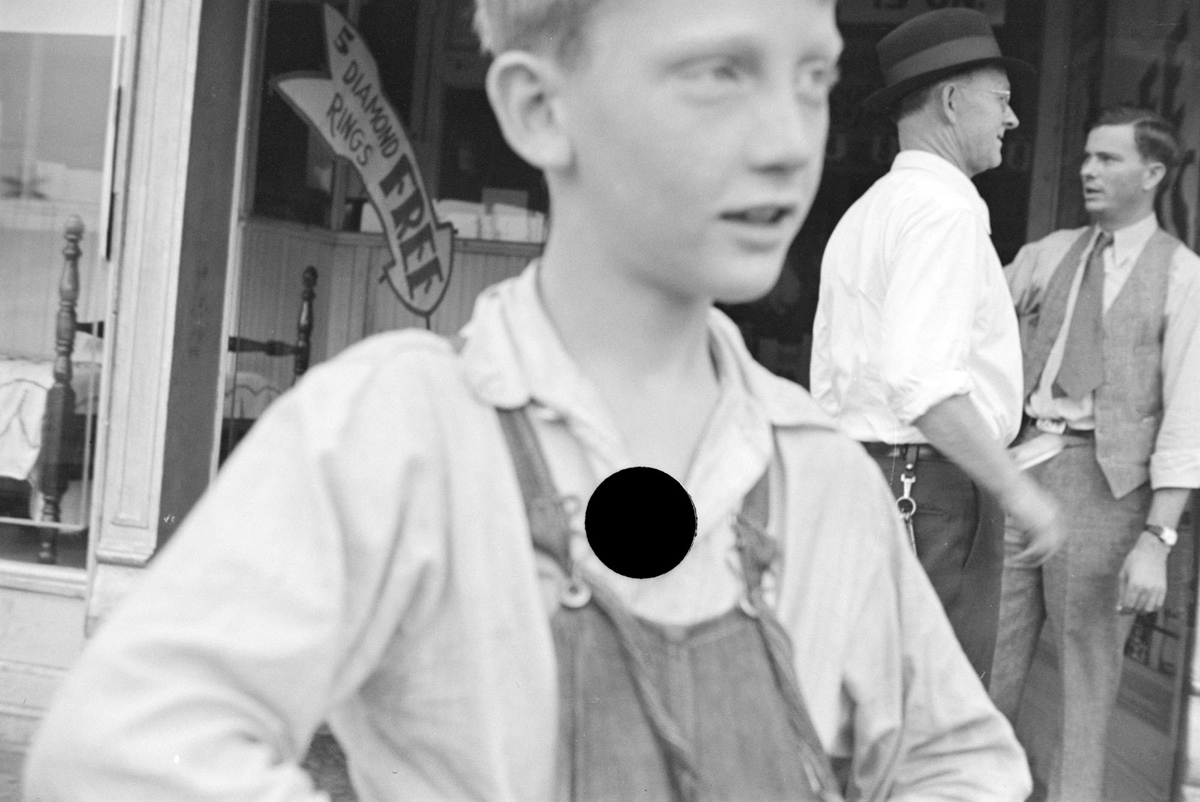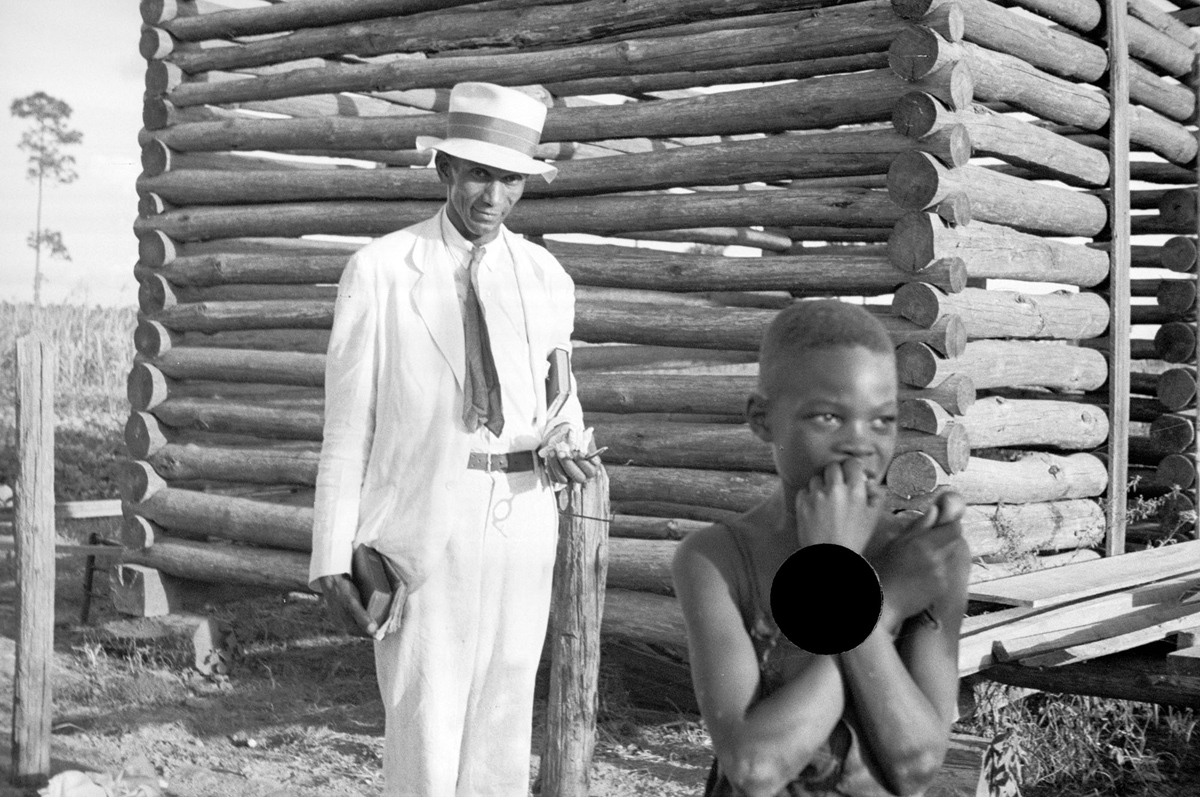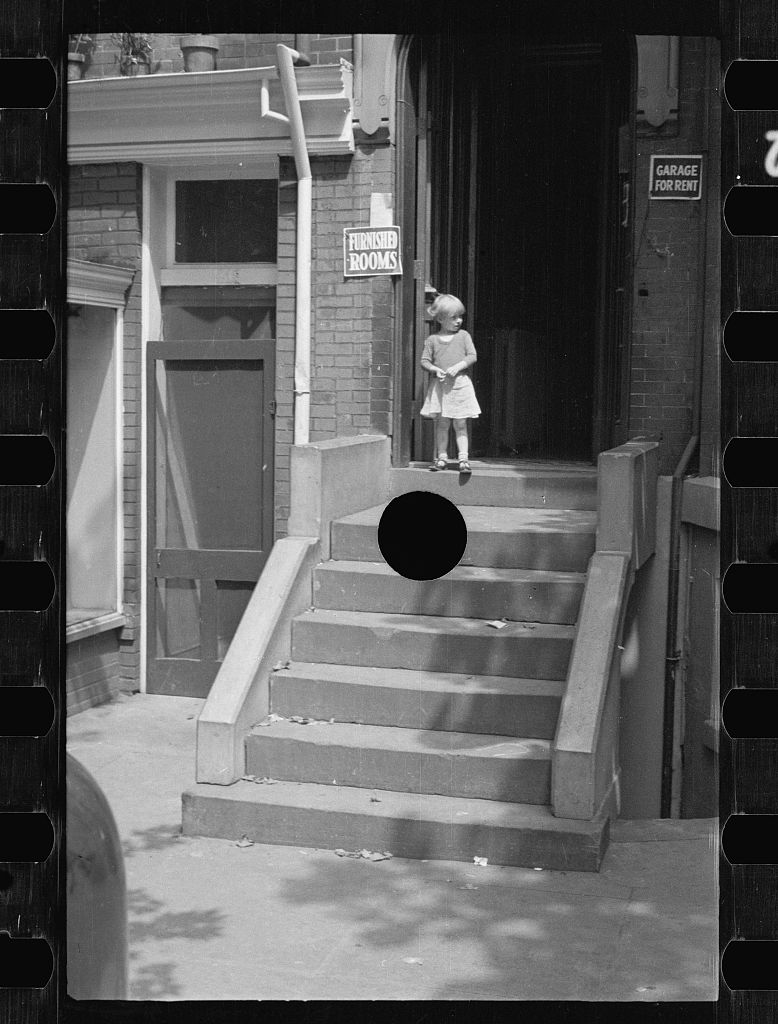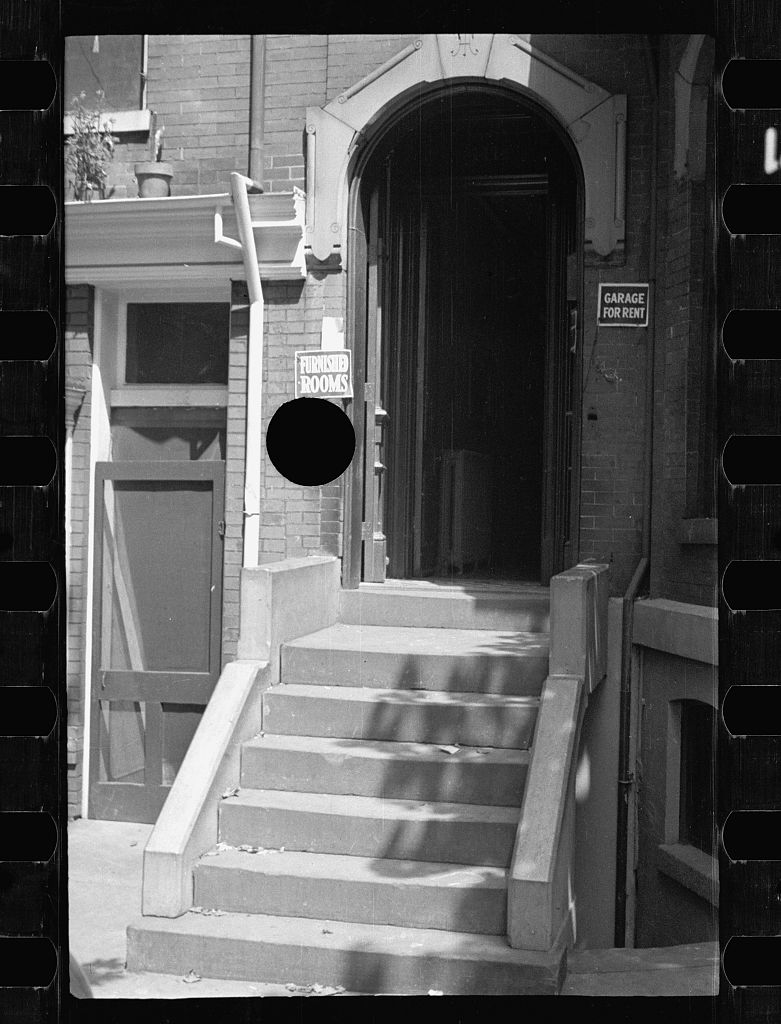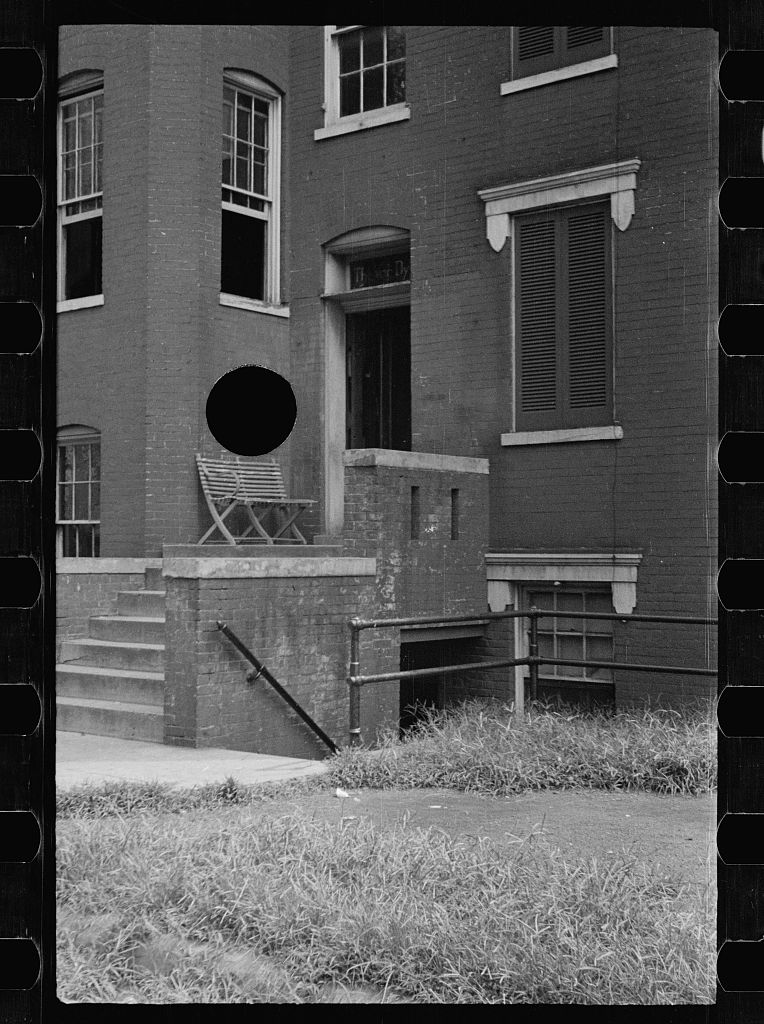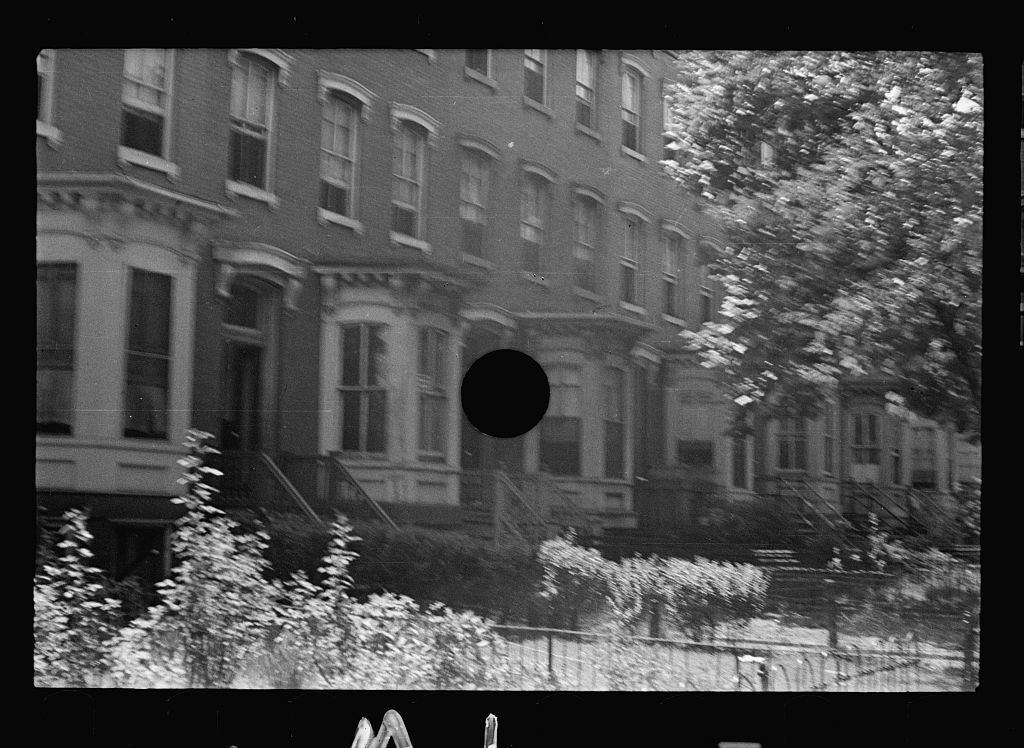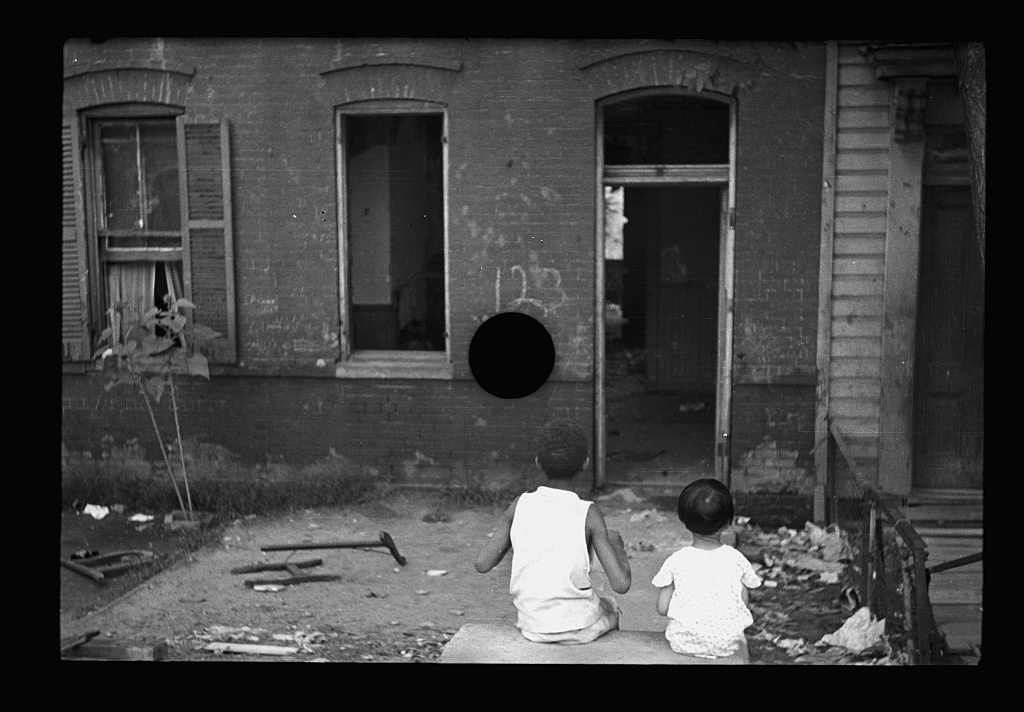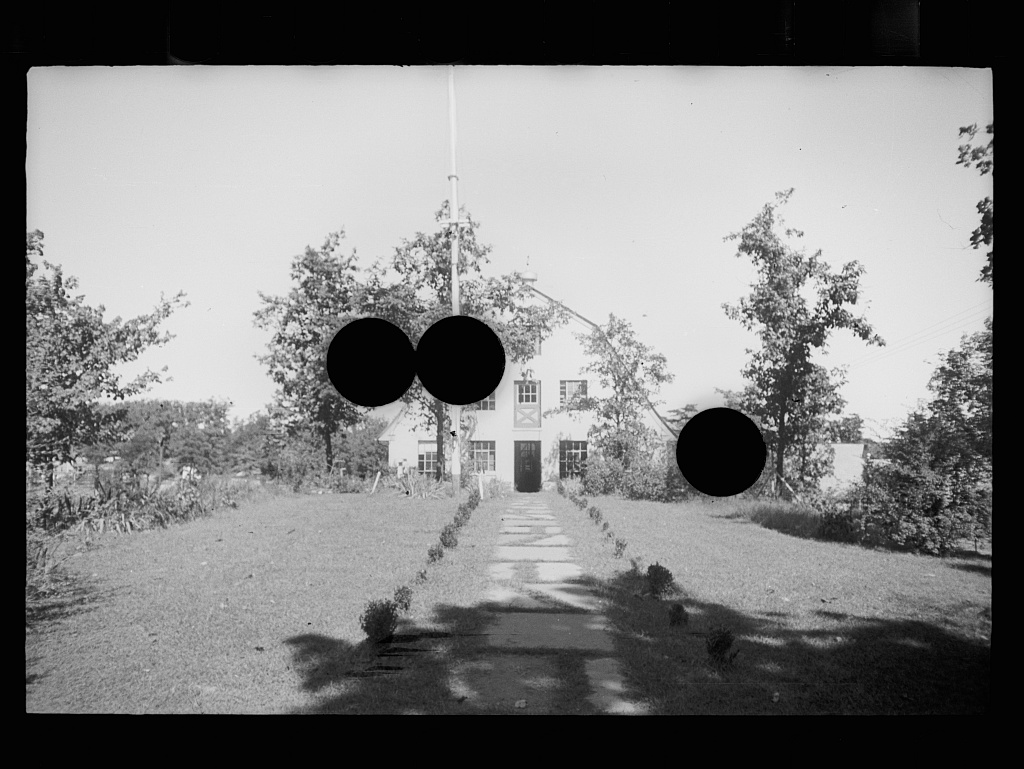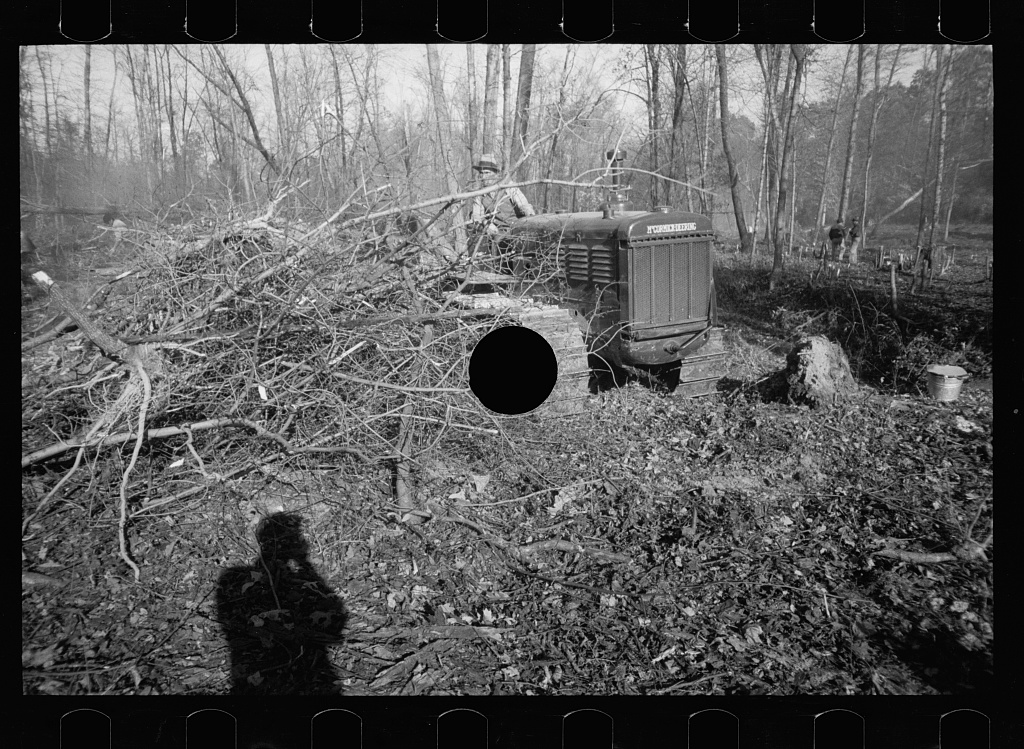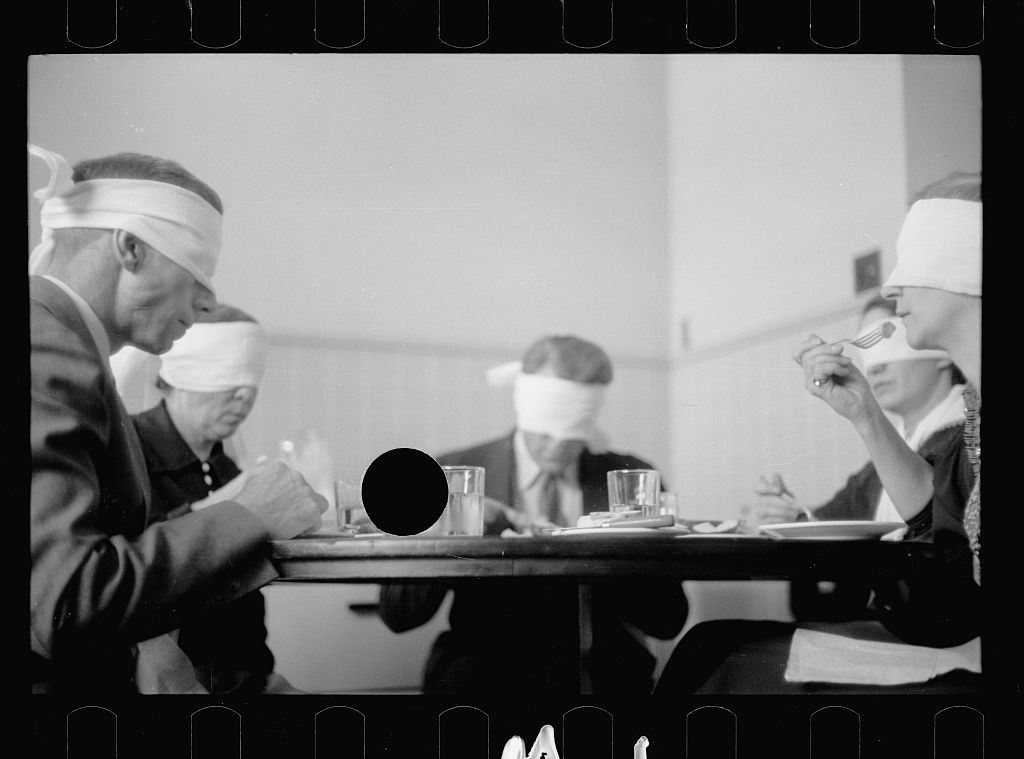Where are you based?
Recently, a friend from many years ago messaged me about one of my projects. It was fantastic to hear from someone after so long, and as I was writing my reply I typed out the simple line “where are you based these days?”. I then sat there watching the little curser blink at me for a moment or two. It felt like such a ridiculous concept - people no long just “live” somewhere, but they’re “based” there instead, ready to be swept up in a strong wind and fly off to a new location.
The a few days later, I sleepily stood waiting for my coffee to brew, and I thought about this again. So many artists I know use the term “based in X”, and the more I thought about it, the more alienated I was by the word. There is no living, just existing in a place that can be utilised. Comparing the connotations I have between “based” and “lives'', they speak to me of two completely different experiences. If I am living somewhere, I am in that place, experiencing and contributing to it in some way. When I think of the word based I’m struck with the feeling of disconnected globalisation. And the fact that this word is so prevalent within artist’s descriptions feels wrong to me. When I think about what it means to be an artist or creative person, I think I can assume that quite often creative ideas are only born because of lived experience - be that through research, experimentation, documentation, an epiphany as you do the dishes.
So why this disconnect from locality? If we are based as opposed to living somewhere, does that allow us to have an outside or objective viewpoint of that community/society/way of life? Is that necessary?
After a while I remember that I’m supposed to be making coffee, and decide to leave such extensional musings for when I’ve woken up a bit more.
